1. Cao Y. 2010; Adipose tissue angiogenesis as a therapeutic target for obesity and metabolic diseases. Nat Rev Drug Discov. 9:107–115. DOI:
10.1038/nrd3055. PMID:
20118961.

2. Goossens GH, Bizzarri A, Venteclef N, Essers Y, Cleutjens JP, Konings E, Jocken JW, Cajlakovic M, Ribitsch V, Clément K, Blaak EE. 2011; Increased adipose tissue oxygen tension in obese compared with lean men is accompanied by insulin resistance, impaired adipose tissue capillarization, and inflammation. Circulation. 124:67–76. DOI:
10.1161/CIRCULATIONAHA.111.027813. PMID:
21670228.

4. Unamuno X, Gómez-Ambrosi J, Rodríguez A, Becerril S, Frühbeck G, Catalán V. 2018; Adipokine dysregulation and adipose tissue inflammation in human obesity. Eur J Clin Invest. 48:e12997. DOI:
10.1111/eci.12997. PMID:
29995306.

5. Ye J, Gao Z, Yin J, He Q. 2007; Hypoxia is a potential risk factor for chronic inflammation and adiponectin reduction in adipose tissue of ob/ob and dietary obese mice. Am J Physiol Endocrinol Metab. 293:E1118–E1128. DOI:
10.1152/ajpendo.00435.2007. PMID:
17666485.

6. Dimitriadis G, Lambadiari V, Mitrou P, Maratou E, Boutati E, Panagiotakos DB, Economopoulos T, Raptis SA. 2007; Impaired postprandial blood flow in adipose tissue may be an early marker of insulin resistance in type 2 diabetes. Diabetes Care. 30:3128–3130. DOI:
10.2337/dc07-0699. PMID:
17890315.

7. Karpe F, Fielding BA, Ilic V, Macdonald IA, Summers LK, Frayn KN. 2002; Impaired postprandial adipose tissue blood flow response is related to aspects of insulin sensitivity. Diabetes. 51:2467–2473. DOI:
10.2337/diabetes.51.8.2467. PMID:
12145159.

8. McQuaid SE, Hodson L, Neville MJ, Dennis AL, Cheeseman J, Humphreys SM, Ruge T, Gilbert M, Fielding BA, Frayn KN, Karpe F. 2011; Downregulation of adipose tissue fatty acid trafficking in obesity: a driver for ectopic fat deposition? Diabetes. 60:47–55. DOI:
10.2337/db10-0867. PMID:
20943748. PMCID:
PMC3012196.
9. Bartness TJ, Liu Y, Shrestha YB, Ryu V. 2014; Neural innervation of white adipose tissue and the control of lipolysis. Front Neuroendocrinol. 35:473–493. DOI:
10.1016/j.yfrne.2014.04.001. PMID:
24736043. PMCID:
PMC4175185.

10. Bowers RR, Festuccia WT, Song CK, Shi H, Migliorini RH, Bartness TJ. 2004; Sympathetic innervation of white adipose tissue and its regulation of fat cell number. Am J Physiol Regul Integr Comp Physiol. 286:R1167–R1175. DOI:
10.1152/ajpregu.00558.2003. PMID:
15142857.

12. Ardilouze JL, Fielding BA, Currie JM, Frayn KN, Karpe F. 2004; Nitric oxide and beta-adrenergic stimulation are major regulators of preprandial and postprandial subcutaneous adipose tissue blood flow in humans. Circulation. 109:47–52. DOI:
10.1161/01.CIR.0000105681.70455.73. PMID:
14662716.
13. Sotornik R, Brassard P, Martin E, Yale P, Carpentier AC, Ardilouze JL. 2012; Update on adipose tissue blood flow regulation. Am J Physiol Endocrinol Metab. 302:E1157–E1170. DOI:
10.1152/ajpendo.00351.2011. PMID:
22318953.

14. Frayn KN, Karpe F. 2014; Regulation of human subcutaneous adipose tissue blood flow. Int J Obes (Lond). 38:1019–1026. DOI:
10.1038/ijo.2013.200. PMID:
24166067.

15. Collins S. 2012; β-adrenoceptor signaling networks in adipocytes for recruiting stored fat and energy expenditure. Front Endocrinol (Lausanne). 2:102. DOI:
10.3389/fendo.2011.00102. PMID:
22654837. PMCID:
PMC3355892.

16. Evans BA, Merlin J, Bengtsson T, Hutchinson DS. 2019; Adrenoceptors in white, brown, and brite adipocytes. Br J Pharmacol. 176:2416–2432. DOI:
10.1111/bph.14631. PMID:
30801689. PMCID:
PMC6592855.

17. Tanaka Y, Horinouchi T, Koike K. 2005; New insights into beta-adrenoceptors in smooth muscle: distribution of receptor subtypes and molecular mechanisms triggering muscle relaxation. Clin Exp Pharmacol Physiol. 32:503–514. DOI:
10.1111/j.1440-1681.2005.04222.x. PMID:
16026507.
18. Balligand JL. 2016; Cardiac salvage by tweaking with beta-3-adrenergic receptors. Cardiovasc Res. 111:128–133. DOI:
10.1093/cvr/cvw056. PMID:
27001422.

20. Ledoux S, Queguiner I, Msika S, Calderari S, Rufat P, Gasc JM, Corvol P, Larger E. 2008; Angiogenesis associated with visceral and subcutaneous adipose tissue in severe human obesity. Diabetes. 57:3247–3257. DOI:
10.2337/db07-1812. PMID:
18835936. PMCID:
PMC2584130.

22. Shah RV, Murthy VL, Abbasi SA, Blankstein R, Kwong RY, Goldfine AB, Jerosch-Herold M, Lima JA, Ding J, Allison MA. 2014; Visceral adiposity and the risk of metabolic syndrome across body mass index: the MESA Study. JACC Cardiovasc Imaging. 7:1221–1235. DOI:
10.1016/j.jcmg.2014.07.017. PMID:
25440591. PMCID:
PMC4268163.
25. Xue Y, Lim S, Bråkenhielm E, Cao Y. 2010; Adipose angiogenesis: quantitative methods to study microvessel growth, regression and remodeling in vivo. Nat Protoc. 5:912–920. DOI:
10.1038/nprot.2010.46. PMID:
20431536.

26. Bolsoni-Lopes A, Alonso-Vale MI. 2015; Lipolysis and lipases in white adipose tissue- an update. Arch Endocrinol Metab. 59:335–342. DOI:
10.1590/2359-3997000000067. PMID:
26331321.
27. Zechner R, Zimmermann R, Eichmann TO, Kohlwein SD, Haemmerle G, Lass A, Madeo F. 2012; FAT SIGNALS--lipases and lipolysis in lipid metabolism and signaling. Cell Metab. 15:279–291. DOI:
10.1016/j.cmet.2011.12.018. PMID:
22405066. PMCID:
PMC3314979.
29. Pasarica M, Sereda OR, Redman LM, Albarado DC, Hymel DT, Roan LE, Rood JC, Burk DH, Smith SR. 2009; Reduced adipose tissue oxygenation in human obesity: evidence for rarefaction, macrophage chemotaxis, and inflammation without an angiogenic response. Diabetes. 58:718–725. DOI:
10.2337/db08-1098. PMID:
19074987. PMCID:
PMC2646071.

30. He Q, Gao Z, Yin J, Zhang J, Yun Z, Ye J. 2011; Regulation of HIF-1{alpha} activity in adipose tissue by obesity-associated factors: adipogenesis, insulin, and hypoxia. Am J Physiol Endocrinol Metab. 300:E877–E885. DOI:
10.1152/ajpendo.00626.2010. PMID:
21343542. PMCID:
PMC3093977.
31. Perrone MG, Notarnicola M, Caruso MG, Tutino V, Scilimati A. 2008; Upregulation of beta3-adrenergic receptor mRNA in human colon cancer: a preliminary study. Oncology. 75:224–229. DOI:
10.1159/000163851. PMID:
18852493.
32. Langin D, Dicker A, Tavernier G, Hoffstedt J, Mairal A, Rydén M, Arner E, Sicard A, Jenkins CM, Viguerie N, van Harmelen V, Gross RW, Holm C, Arner P. 2005; Adipocyte lipases and defect of lipolysis in human obesity. Diabetes. 54:3190–3197. DOI:
10.2337/diabetes.54.11.3190. PMID:
16249444.

33. Flores-Opazo M, Trieu J, Naim T, Valladares-Ide D, Zbinden-Foncea H, Stapleton D. 2020; Defective fasting-induced PKA activation impairs adipose tissue glycogen degradation in obese Zucker rats. Int J Obes (Lond). 44:500–509. DOI:
10.1038/s41366-019-0327-y. PMID:
30705392.

34. Haemmerle G, Moustafa T, Woelkart G, Büttner S, Schmidt A, van de Weijer T, Hesselink M, Jaeger D, Kienesberger PC, Zierler K, Schreiber R, Eichmann T, Kolb D, Kotzbeck P, Schweiger M, Kumari M, Eder S, Schoiswohl G, Wongsiriroj N, Pollak NM, et al. 2011; ATGL-mediated fat catabolism regulates cardiac mitochondrial function via PPAR-α and PGC-1. Nat Med. 17:1076–1085. DOI:
10.1038/nm.2439. PMID:
21857651. PMCID:
PMC3244833.

35. Haemmerle G, Lass A, Zimmermann R, Gorkiewicz G, Meyer C, Rozman J, Heldmaier G, Maier R, Theussl C, Eder S, Kratky D, Wagner EF, Klingenspor M, Hoefler G, Zechner R. 2006; Defective lipolysis and altered energy metabolism in mice lacking adipose triglyceride lipase. Science. 312:734–737. DOI:
10.1126/science.1123965. PMID:
16675698.

36. Onogi Y, Wada T, Kamiya C, Inata K, Matsuzawa T, Inaba Y, Kimura K, Inoue H, Yamamoto S, Ishii Y, Koya D, Tsuneki H, Sasahara M, Sasaoka T. 2017; PDGFRβ regulates adipose tissue expansion and glucose metabolism via vascular remodeling in diet-induced obesity. Diabetes. 66:1008–1021. DOI:
10.2337/db16-0881. PMID:
28122789.

37. Song MG, Lee HJ, Jin BY, Gutierrez-Aguilar R, Shin KH, Choi SH, Um SH, Kim DH. 2016; Depot-specific differences in angiogenic capacity of adipose tissue in differential susceptibility to diet-induced obesity. Mol Metab. 5:1113–1120. DOI:
10.1016/j.molmet.2016.09.001. PMID:
27818937. PMCID:
PMC5081408.

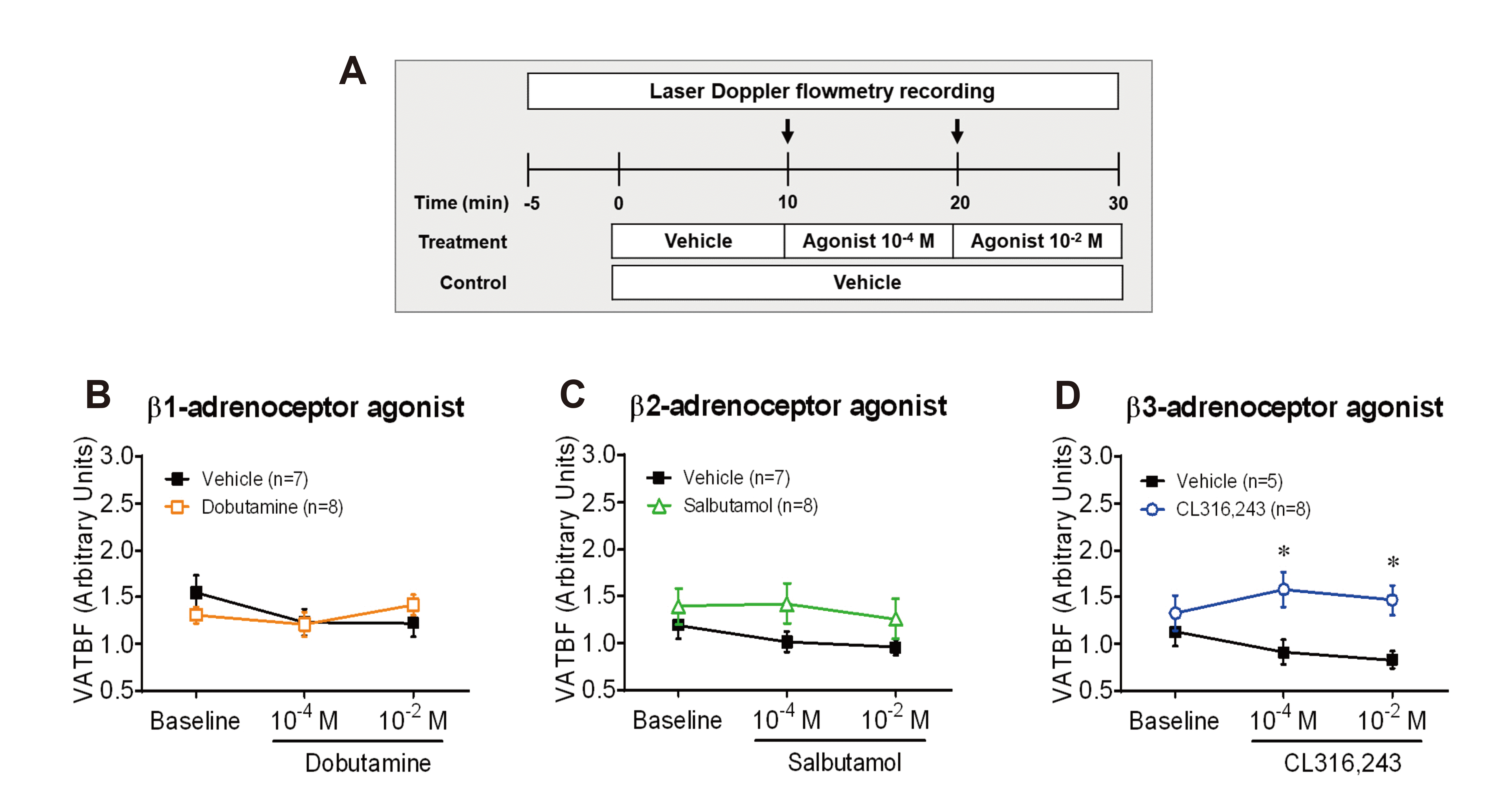
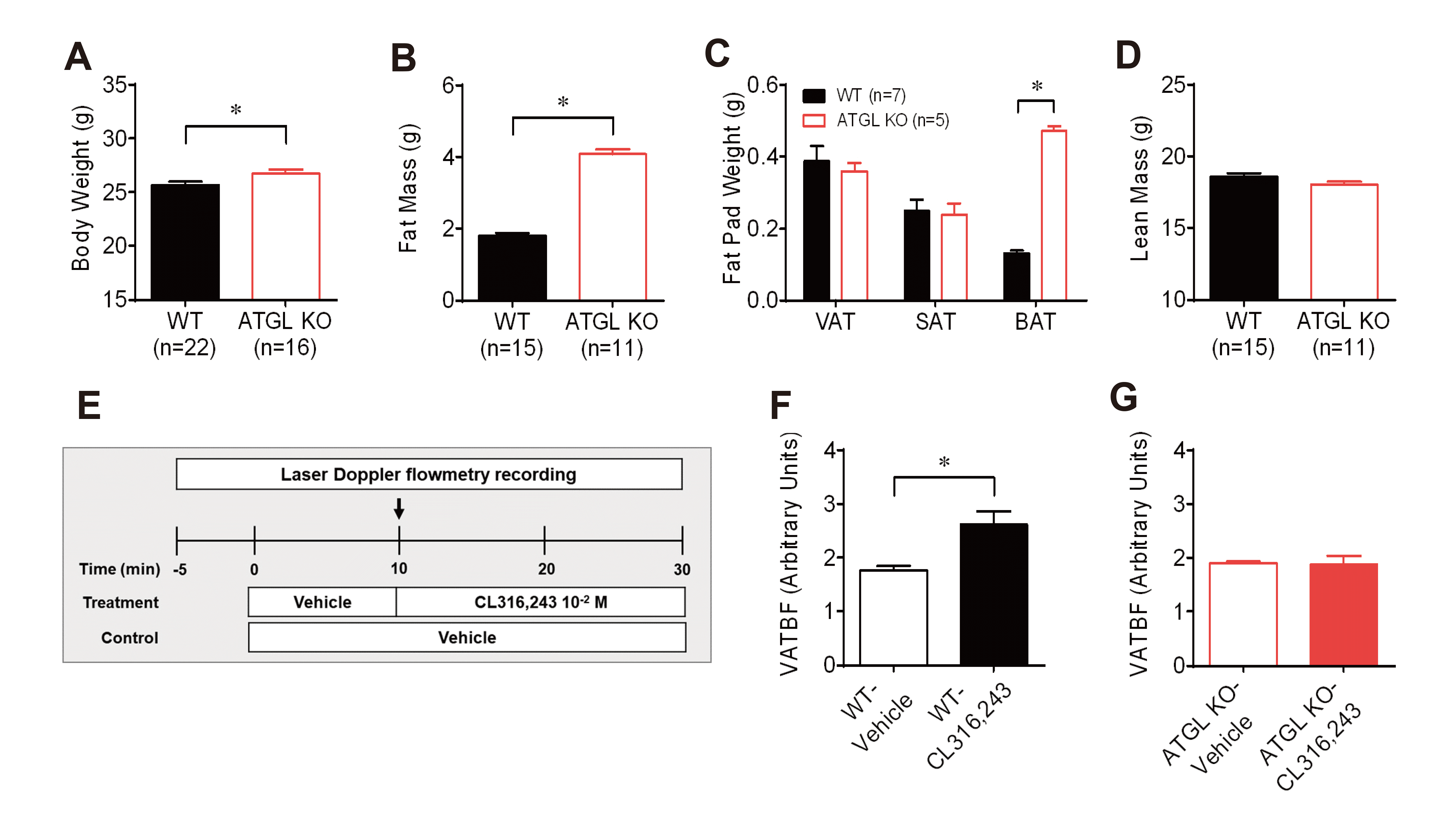

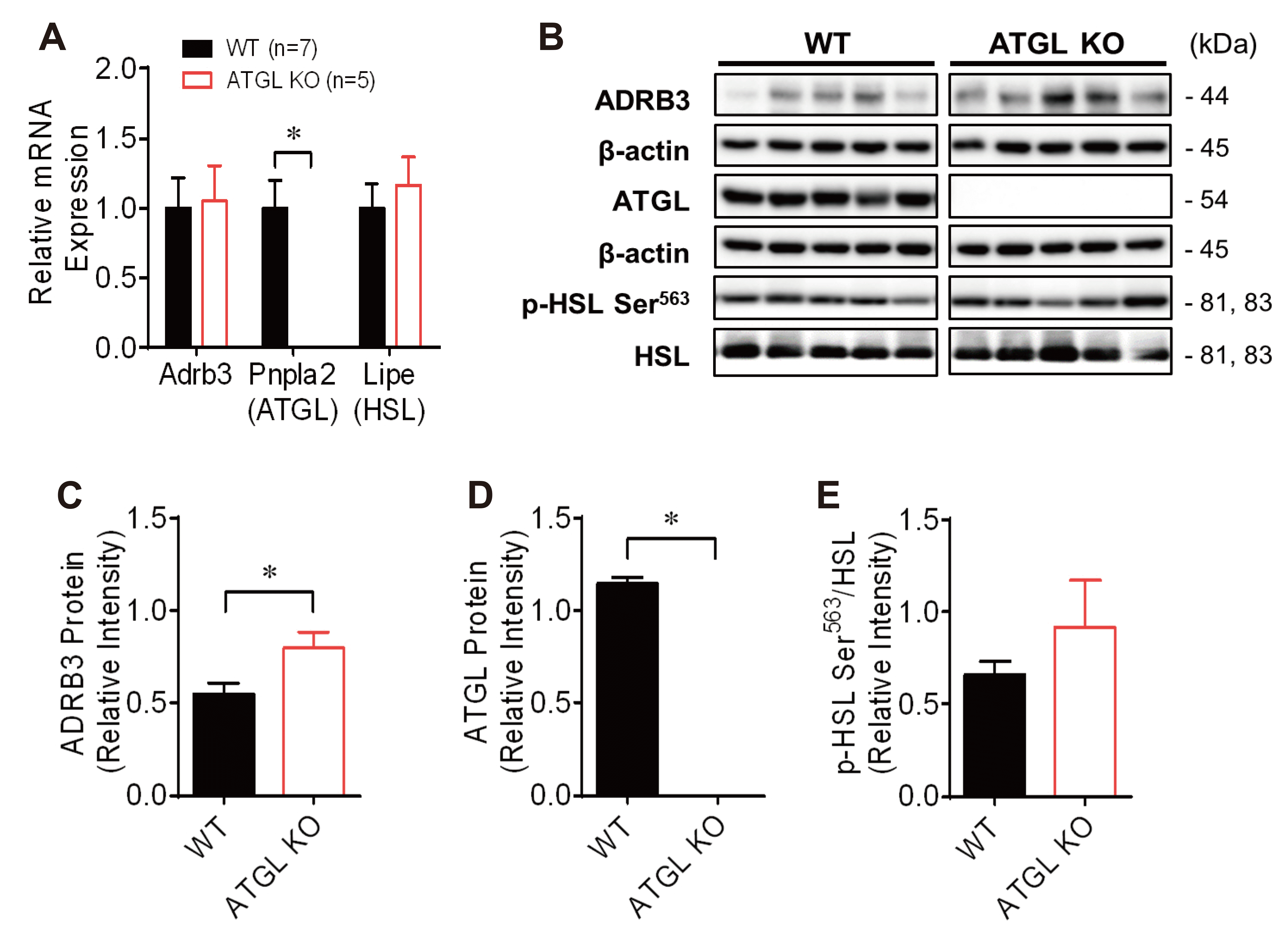
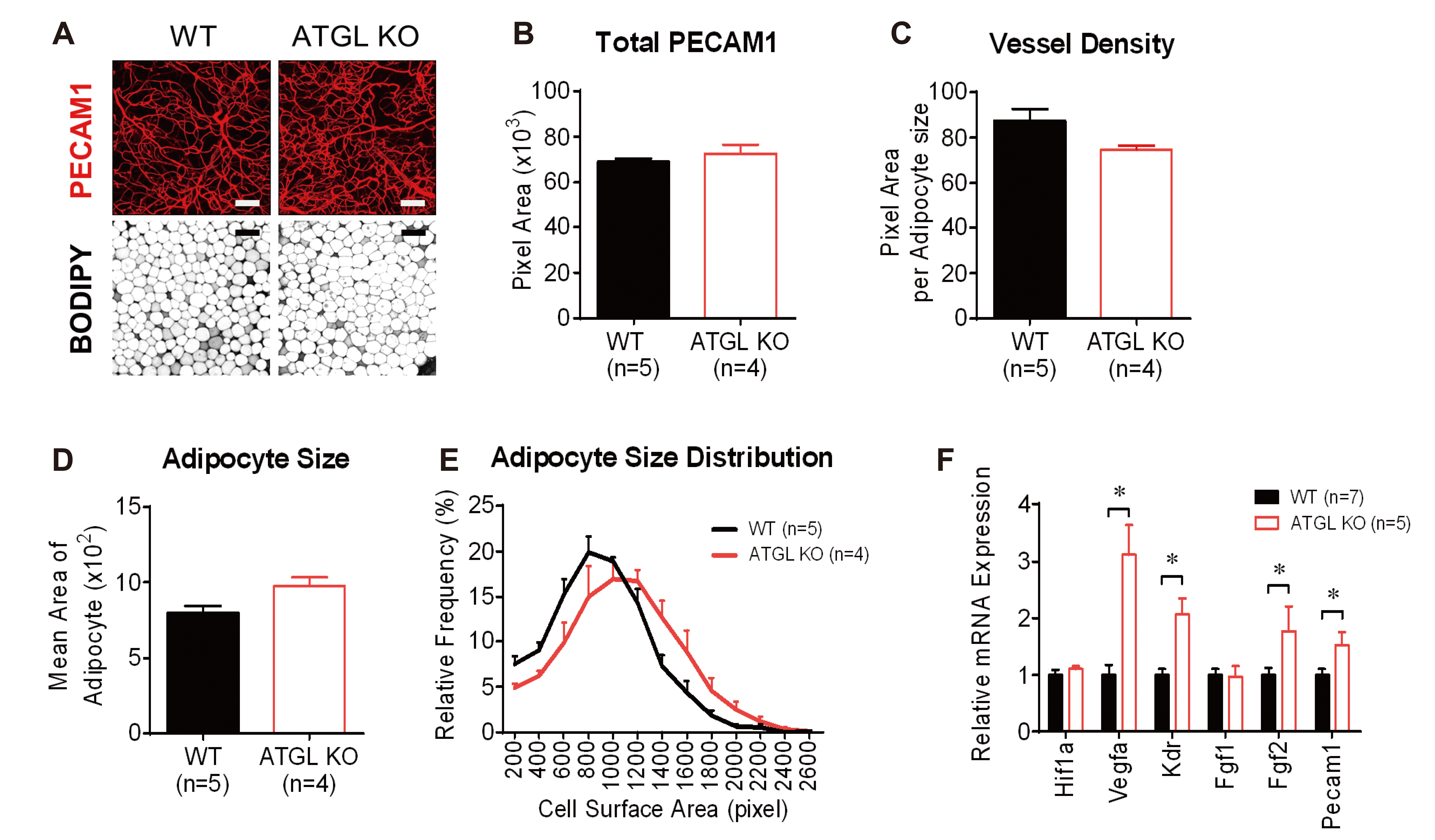
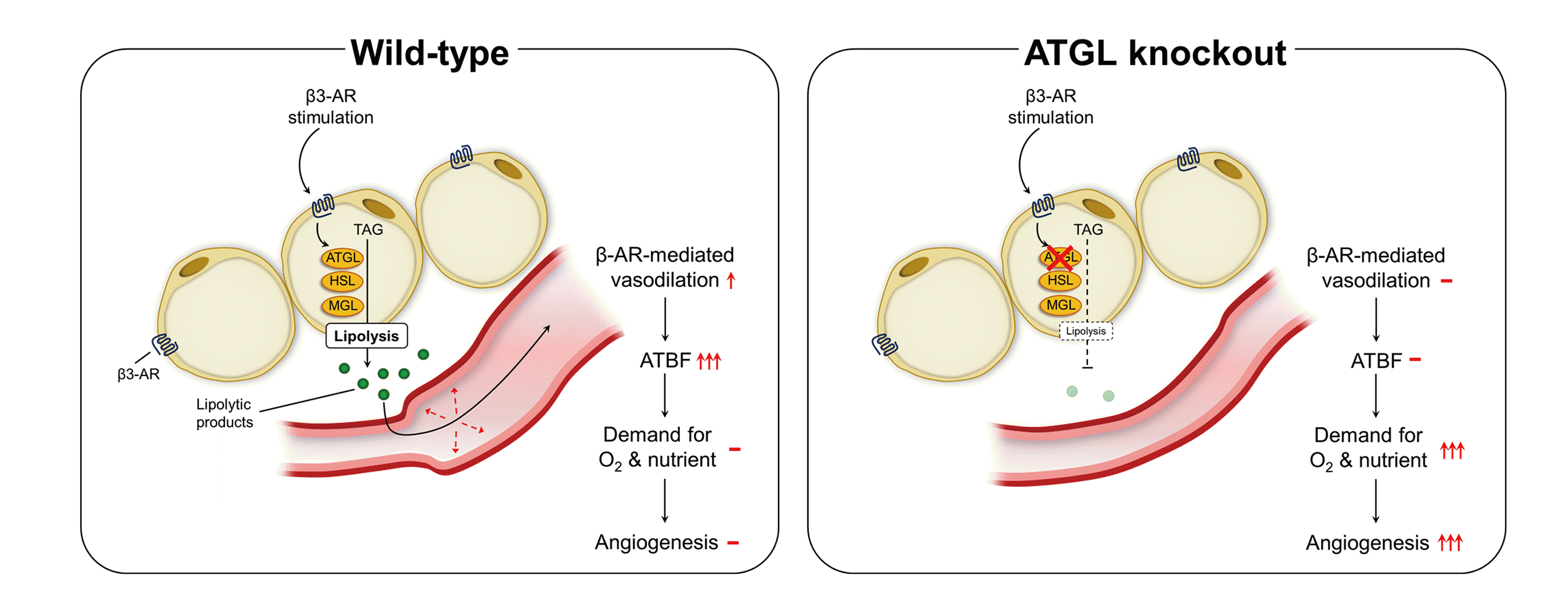




 PDF
PDF Citation
Citation Print
Print


 XML Download
XML Download